How to Insulate Cargo, Sprinter & Camper Vans with Spray Foam?
Van insulation is the magic that can transform your cargo, sprinter, and camper van into a comfortable haven. Every camper or city explorer can relate to the discomfort of spending long hours in an uninsulated van. These include fluctuating temperatures, unwanted noise, condensation, mold growth, and other problems. All of which can be eliminated with spray foam insulation!

Every doubt or question you have regarding van insulation with spray foam will be answered in this post. As we move forward, we will discuss the van insulation process steps using spray foam. This is a detailed step-by-step guide on how to insulate a cargo van using expanding foam. Furthermore, we will highlight the cost and benefits of spray foam insulation for vans.
What are the Van Insulation Process Steps with Expanding Foam?
Different van insulation methods exist, but insulating a van with expanding foam is the most effective. Spray foam is highly durable and requires hiring a professional for an excellent installation. Nevertheless, you can save money on your van insulation by following this detailed step-by-step guide:

Step-1: Assess & Plan Your Needs
The first step is to determine the areas that require insulation. Insulate the wall, ceiling, and floor with spray foam. However, there are instances where you use a protective coating on the van floor in place of spray foam. Then, consider the climate and the amount of spray foam insulation.
Step-2: Clear & Clean the Van
Ensure the van is clean. Remove any unnecessary items, debris, or existing insulating materials that can obstruct the new insulation. This step also involves removing the seats or bedding in the van's cargo area. Clean the insulation surfaces from dust, moisture, dirt, and grease.
Step-3 Prepare Insulation Area
The main focus for van insulation should be the cargo area. Prepare the insulation area by demarcating the front seats from the cargo area. The spray foam must be applied directly to the metal, so removing any paneling on the walls, floors, or ceilings of the van is important. Use plastic sheeting or tape to create the demarcation. In addition, cover and protect areas such as windows, doors, electrical components, and fixtures.
Step-4 Choose the Right Spray Foam Insulation
Use high-quality spray foam products to guarantee effective van insulation. We recommend using Kraken Bond FastCoat Spray Foam product for all types of cargo van insulation. It is a premium Spray foam product with high adhesion formula, low expansion, and excellent thermal resistance. FastCoat Spray is a closed-cell spray foam with an R-value of 5.66 that will create a tight seal in your cargo van, camper, or sprinter.
Step-5: Gather Materials & Tools
Gather the necessary materials and tools required for the insulation process. You will need a foam gun to aim and apply spray product efficiently, a utility knife, gloves, goggles, and other protective clothing.
Step-6: Apply the Spray Foam Insulation
To apply spray foam on your van, start with the ceiling. After insulating the ceiling, then the walls, and lastly, the floor. For the walls, apply the foam 12” - 18” away from it in vertical applications. Then for ceilings, apply spray foam at a distance of 6 - 8” in horizontal positions. Avoid applying too much foam at a spot. The application should be even across the wall, ceiling, and floor of the van.
Fill gaps, cracks, and cavities with the spray foam, ensuring complete coverage and an even insulation layer. Pay close attention to corners, seams, and areas prone to heat loss or air leakage. The same spray foam application process applies to cargo, sprinter, and camper van insulation.
Step-7: Trim Excess Foam
As the foam expands, use a utility knife to trim off excess foam to give a smooth and even finish.
Step-8: Wait for the foam to Cure
Allow the foam to dry and cure properly according to the manufacturer's instructions. Kraken FastCoat requires a curing time of at least 24 hours.
Step-9: Inspect Sealing and Insulating Gaps
After the curing, check for missed spots and apply foam. Also, inspect and seal gaps properly.
Step 10: Finishing Touches
After applying insulation, add finishing touches to cover the foam. There are different finishing touches, such as paneling or fixtures, that can make your van conversion look neat.

How Much Does Insulating A Van Cost?
On average, van insulation costs between $500 to $3000. However, the cost of insulation depends on the size of the van, the type of insulation used, and the method of insulation - DIY or Hiring a professional. Hiring a professional requires paying for labor costs, while DIY insulation is the less expensive option.
In comparison to other insulation types for vans, spray foam insulation is the most expensive. Using spray foam for van insulation costs between $1500 - $3000. Nevertheless, you can enjoy premium quality for less when you use FastCoat. With Fast Coat, a 1-inch-thick 5.66 R Value with an average insulation area of 1000 sq. ft. costs $1100.

What Are The Benefits Of Spray Foam Insulation For Vans?
There are numerous benefits of using expanding foam van insulation asides from creating a comfortable indoor environment. For instance, spray foam is the best insulation for camper van floors because it creates a thermal barrier to resist heat retention. Other benefits of using spray foam for your transit van insulation include the following:
Superior Thermal Insulation
Spray foam is regarded as the best van insulation because it provides excellent thermal insulation. Spray foam also offers a very high R-value when compared to other insulation types. Spray foam resists heat transfer by sealing every hole and gap in the van. It effectively resists hot air during summer and cold air during winter.
Air Sealing
Superior air-sealing ability is one of the advantages of using spray foam insulation. Spray foam resists air movement by sealing every hole, gap, and crevice in your van. As a result, spray foam makes your van energy-efficient and prevents drafts.
Moisture Control
Spray foam has waterproofing abilities to help solve moisture problems in your van. Spray foam creates a barrier to resist water vapor from entering through tiny spaces in your cargo van or sprinter van. This helps to prevent condensation or mold growth in your van.
Soundproofing
The Soundproofing ability of spray foam is vital for your camper van insulation. Spray foam will dampen sound and reduce noise coming from entering your van. This makes your van suitable for relaxation even in a noisy environment or road.
Versatility and Customization
Using spray foam for sprinter van insulation ensures complete coverage and maximum insulation efficiency. In addition, applying spray foam makes it easier to insulate hard-to-reach places in your van.
Longevity and Durability
Spray foam insulation is highly durable and will last for many years without replacement. This makes spray foam insulation van a wise investment regardless of the cost of installation.
Improved Resale Value
A properly insulated van has a good resale value. Applying spray foam to your van insulation is a good way to add value to your van and improve its resale value.
Energy Efficiency and Cost Savings:
Spray foam helps to reduce the effect of thermal bridging in your van. Spray foam creates a thermal to prevent heat transfer into your van. This helps to reduce energy consumption and lower energy costs.
FAQs:
What Is The Best Insulation Type For Van Conversion?
Spray is regarded as the best insulation for van conversion. Spray foam offers excellent thermal insulation to keep the temperature comfortable at all times. Spray foam insulation also improves the resale revalue of your van.
Can I Use Expanding Foam To Insulate My Van?
Expanding foam is suitable for insulating camper vans. It helps to prevent condensation, reduce noise, and improve comfort in your van.
What Is The Best R-Value Van Insulation?
The recommended R-value for van insulation is R-6. A small R-value is due to a van’s limited space. However, you can add more insulation if you are located in a cold climate. Closed-cell spray foam products like FastCoat with an average R-value of R6 are a suitable option for your van insulation.
What Is The Best Van Insulation For Cold Weather?
The best van insulation for cold weather is closed-cell spray foam. Closed-cell offers a high R-value that helps to create an airtight environment in your van. Spray foam keeps your van warm and comfortable by preventing heat loss effectively.
What Is The Best Van Insulation For Hot Weather?
The best van insulation for hot weather is open-cell spray foam. Open-cell spray foam offers an R-value of R2 - R3 and also has excellent sound-absorbing ability. Open-cell spray is used to maintain a comfortable temperature by reducing heat gain.
What Is The Best Van Insulation To Stop Condensation?
Spray foam insulation is the best van insulation to stop condensation and other moisture problems. Spray foam creates a vapor barrier that prevents moisture from seeping into your van.
Should I Insulate The Roof Of My Van?
Van roof insulation is vital for several reasons. Roof insulation helps to prevent heat gain during summer and heat loss during winter. This helps to improve the overall living comfort in your van.
Should I Insulate My Van Floor?
Van floor insulation is important to keep it warm and comfortable at all times. The best floor insulation for a van is spray foam. Spray foam helps to prevent heat transfer from the road surface and also minimizes heat loss.
Author : Krakenbond Team


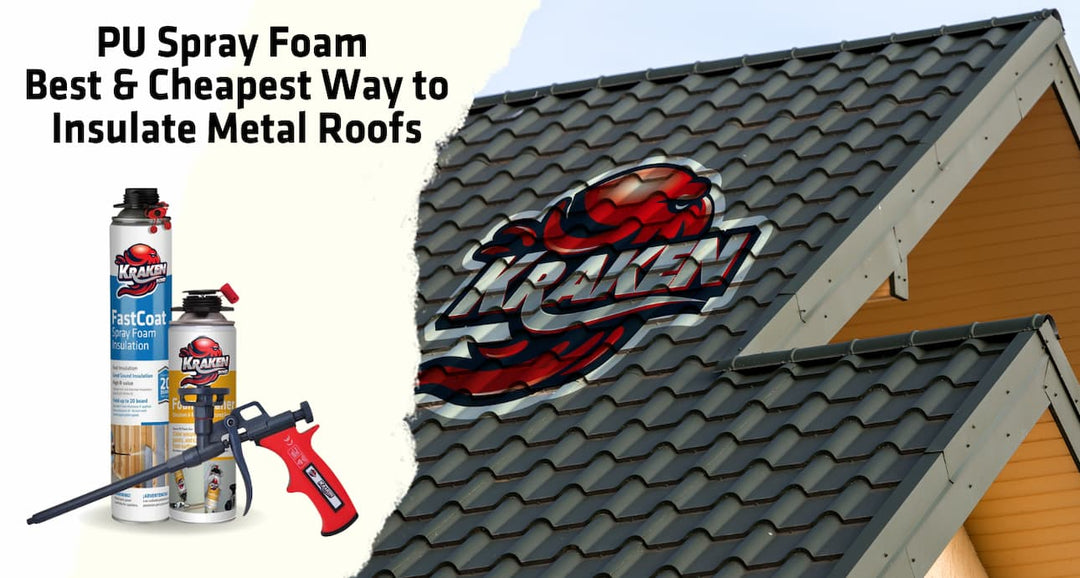

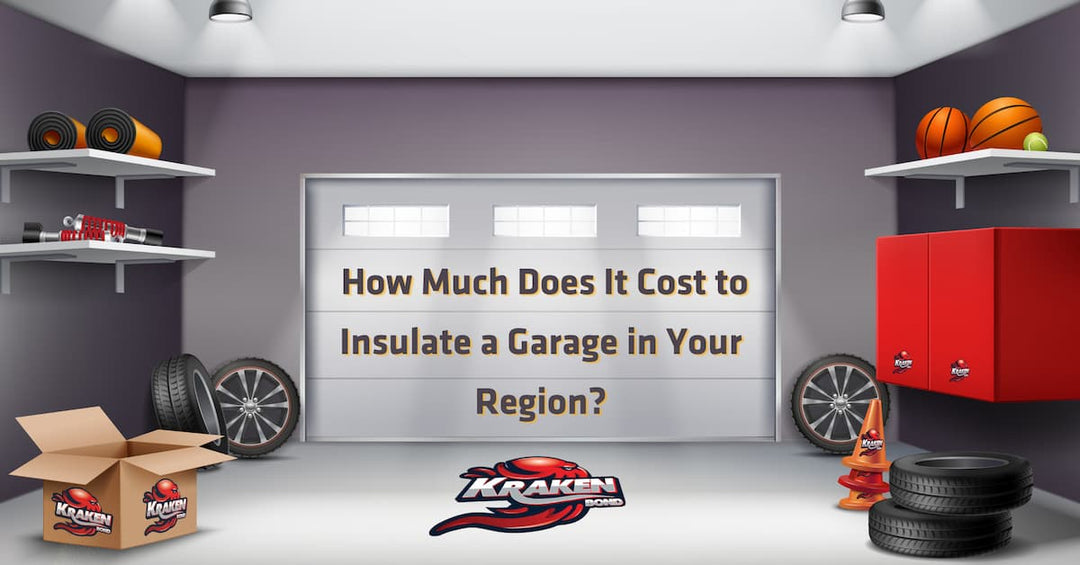
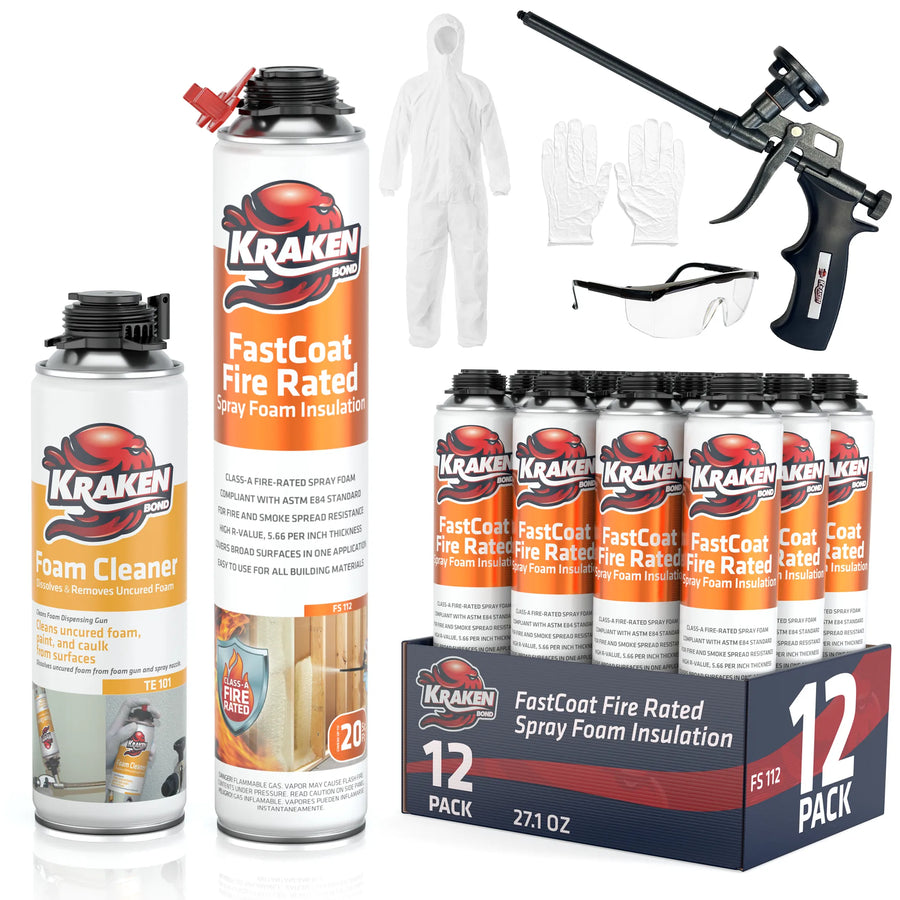








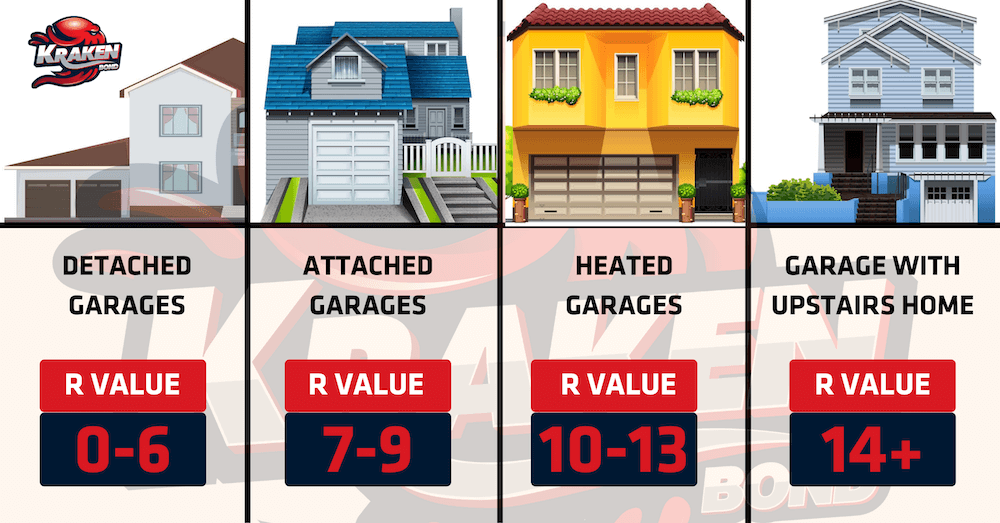

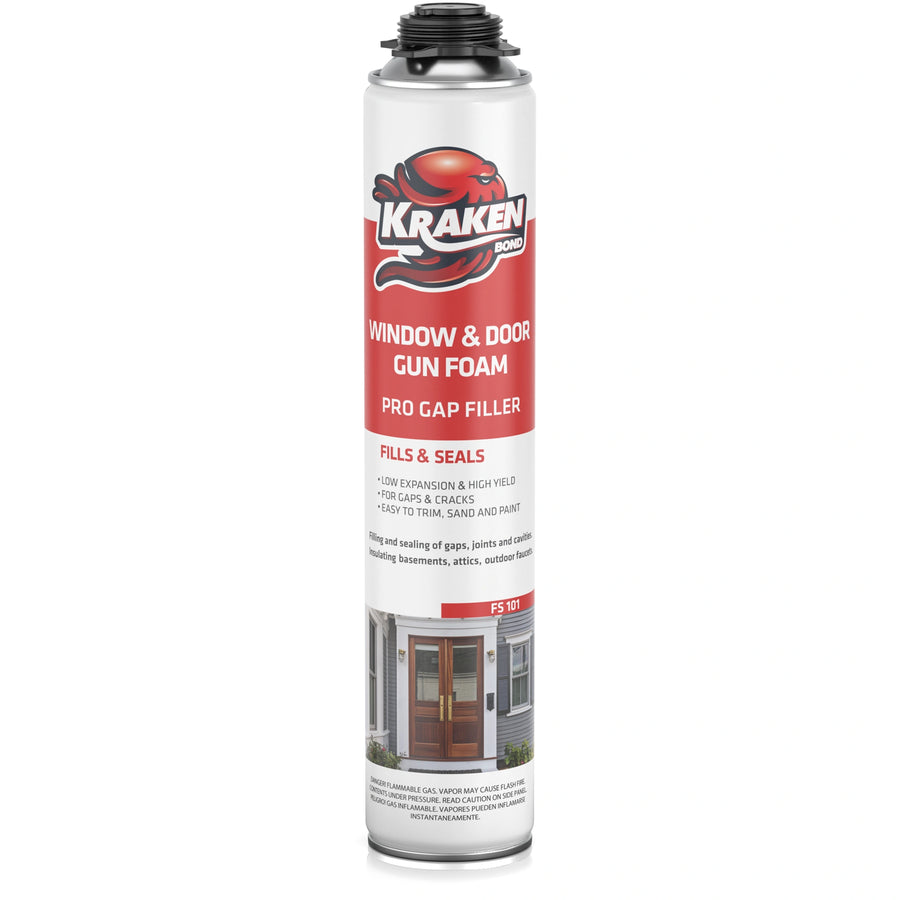
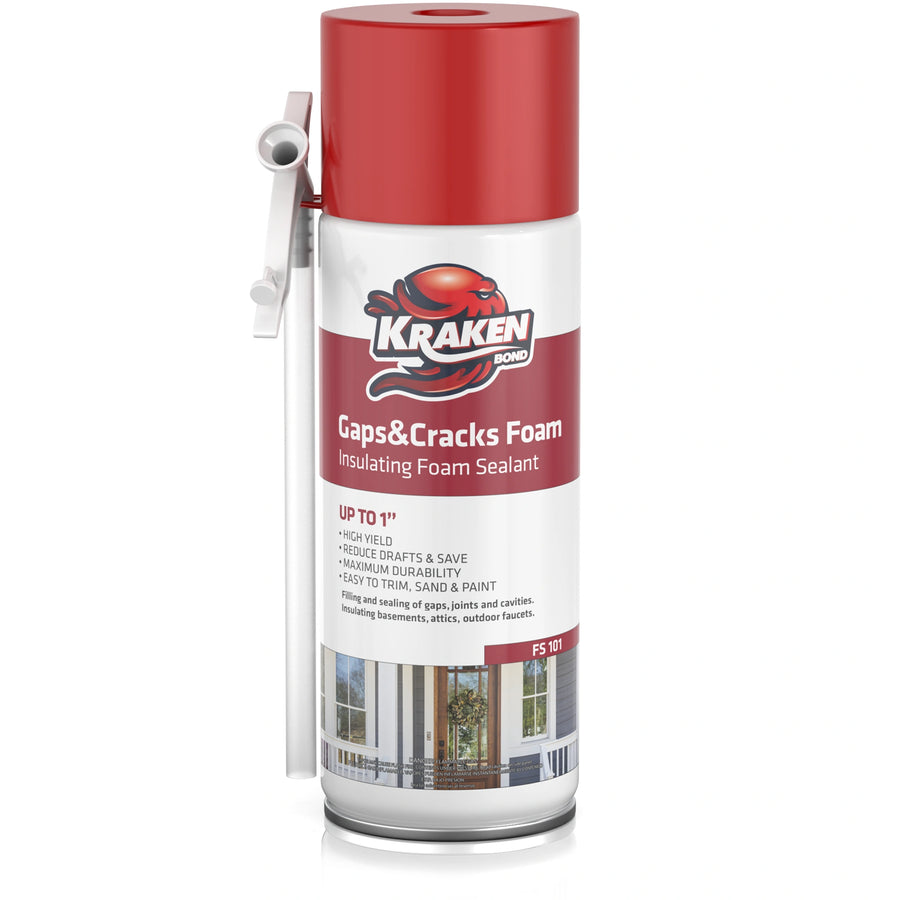
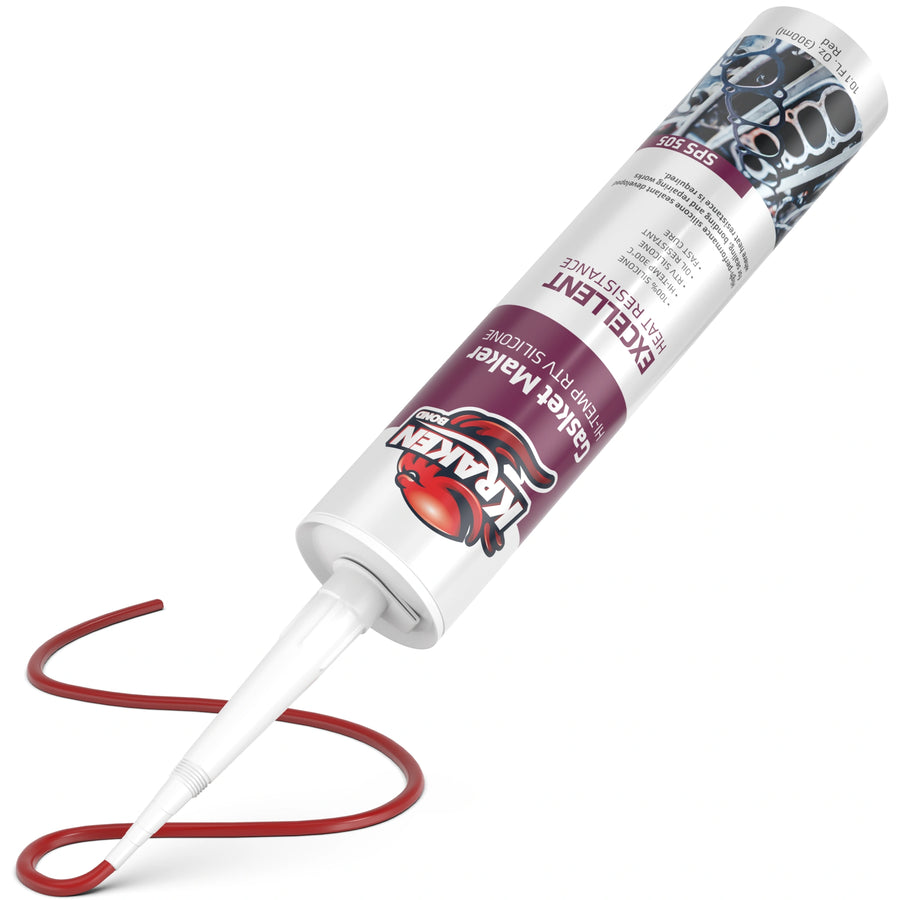
Leave a comment